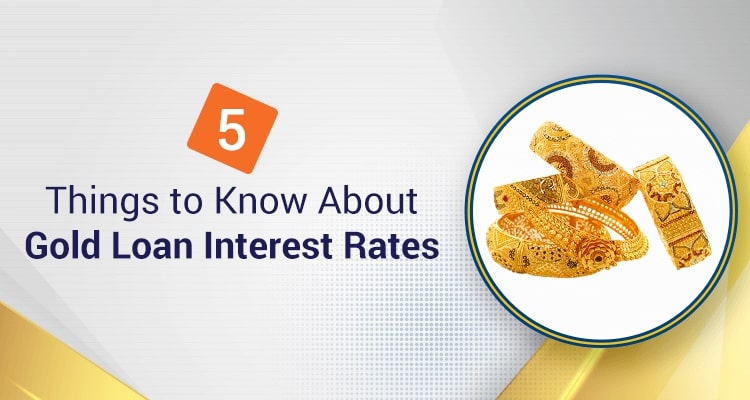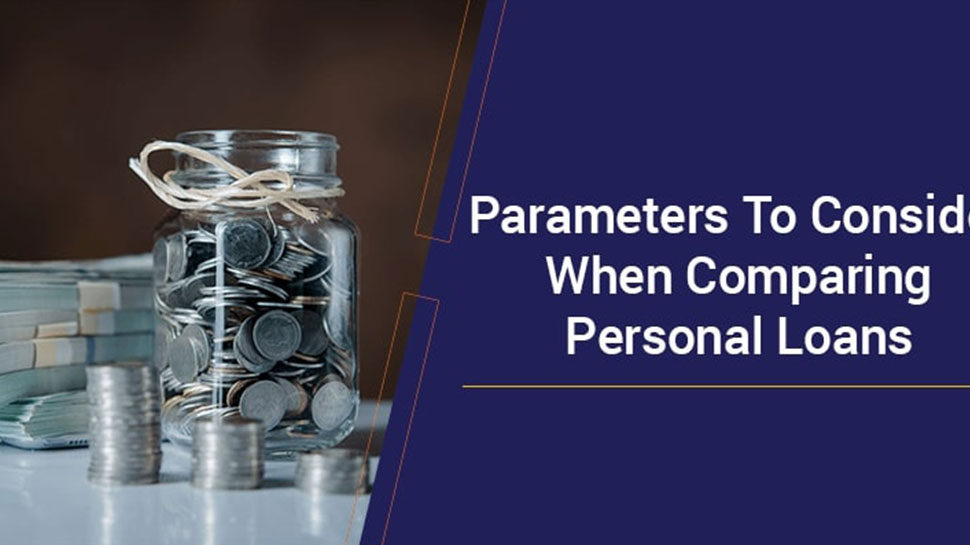5 Things to Know About Gold Loan Interest Rates
A gold loan is generally the cheapest form of personal loan. Having said that, borrowers still need to be cautious and factor in aspects like loan amount, purity of the gold article and the tenure of the loan, the method of interest rate that the lender uses, the borrower’s own credit score and external benchmarking. All this determines the actual interest rate charged.
Written by Web Desk Team | Published :December 16, 2022 , 9:37 am IST

Indian banks and financial service providers offer a host of loans for different needs. While some are secured loans – where the borrowers pledge an asset as collateral for the money they borrow – others are unsecured loans that do not require any collateral. Gold loans are secured debt products that are among the fastest-growing loan segments.
The emergence of specialised gold loan companies and the entry of banks and non-banking finance companies over the past few decades has given the industry an organised structure, providing relief to borrowers from exorbitant interest rates charged by local moneylenders.
Simply put, a gold loan requires borrowers to use their gold jewellery as a collateral to get money from a lender. Gold loans are offered only against the value of ‘gold’ in the jewellery after deducting the weight of any stones or embellishments as they don’t have a standard value benchmark. The borrowers pay interest on the loaned money and, by the end of the loan tenure, repay both the original borrowed amount and the interest due. They get their gold jewellery back and the loan account closes after the entire principal and interest are paid.
Gold loan interest rates
The rate of interest on gold loans is typically fixed at the time of availing the loan. Lenders offer a wide range of interest rates on a gold loan. All this depends on several factors. Here are five must-knows about interest rates charged by gold loan financers:
- Low rates: Gold loans carry a lower rate of interest, starting as low as 7-12% per annum depending on lenders, it is ideally preferable over a general personal loan or credit card debt. This is especially true for those who need a short-term loan and own gold jewellery that isn’t being used. What is important to keep into consideration is how much loan one should avail as a higher loan amount also means a higher rate of interest.
- Price of gold: It is the weight and purity of the gold jewellery (ranging between 18-22 carat) and its prevailing price that decide the maximum loan amount one can avail. So, a gold loan of higher amount will carry a higher interest rate. Likewise, gold jewellery of lower weight and carat has lower value and higher interest rate.
- Calculation method: Different methods are used to calculate the interest rate. While some lenders charge a simple interest rate, many others charge compound interest. This is where the scale tilts in favour of the borrower who knows the rules of the game before jumping into the fire.
If it’s a simple interest rate, borrowers pay interest only on the principal amount that they borrowed for a fixed period. In case of compound interest, borrowers not only pay interest on the principal amount but also on the interest accrued on the principal amount.
In simpler words, they essentially pay interest on interest. That is why loans that charge compound interest are costlier than those that charge simple interest, unless the actual rate of interest is substantially lower. Therefore, it is in the interest of the borrowers to choose a lender that offers a loan on simple interest.
- Credit score: Other factors that affect the interest rate include the borrower’s credit score and income of the borrower. However, one must keep in mind that credit score alone doesn’t decide whether one gets a gold loan as the lender’s primary concern is the value of the security.
Nevertheless, the credit score still plays a part and usually those with a credit score of 700 and above are seen as prized customers.
- Fixed rate: One good thing about a gold loan is that the interest rate on it is typically fixed, unlike, for instance, a home loan, which comes with an optional variable rate that moves with the policy rate. However, borrowers still need to ensure that it is indeed fixed so that they do not get a surprise after availing the loan.
Another aspect to be taken into consideration is external benchmarking. If a lender follows external benchmarking with the Reserve Bank of India’s repo rate-linked rate, every time the central bank tightens its monetary policy, the interest rate being charged for a gold loan moves up.
Conclusion
A gold loan is generally the cheapest form of personal loan. Having said that, borrowers still need to be cautious and factor in aspects like loan amount, purity of the gold article and the tenure of the loan, the method of interest rate that the lender uses, the borrower’s own credit score and external benchmarking. All this determines the actual interest rate charged.
The same amount of gold jewellery pledged as collateral could attract very different rates by the same lender based on the various aspects linked to the borrower. If you are looking for a hassle-free way to raise money, you can apply for an IIFL Finance gold loan. IIFL Finance offers gold loans via a completely digital process where a borrower need not even step outside their home.
After applying online, a borrower can call the company representative to their homes for evaluation of the gold jewellery and get the loan approved within minutes.
For know more about Gold Loans or apply for a Gold Loan, visit IIFL Finance


























